The Best Kids Power Wheel Battery Testing Tips For You
Before we get into how to test power wheel batteries in detail, let’s take a look at the importance of a child’s choice. Do you know what the most popular option for kids is?
Have you ever had a situation where your youngster got into a power wheel and the engine wouldn’t start? If you answered yes, I believe you and your child have a problem. So, what are your options for resolving this issue? I believe you should first check the battery in your ride on cars.
The Value Of Riding The Kids Power Wheel & Performing A Battery Test
Riding the kids car toy could be a great way to gain endless pleasure and happiness. However, if the power wheel toy does not function properly, it can be detrimental to your youngster.
When they are unable to play and have fun by riding kids car toys, they become lonely, resulting in a decrease in sensory-motor skills.
If kids are unable to ride the power wheel toys during their playtime because of battery issues or other factors, mantel growth is also inhibited.
If children are unable to enjoy their rides, they may lack confidence and experience a lack of enthusiasm, joy, and freedom.
Because the kids power wheels are battery-powered, the battery is the primary cause of the vehicles turning off. As a result, testing the kids power wheel batteries is critical to ensuring your child’s physical, mental, and other developments. Is it beneficial or detrimental to check the battery of your ride on toys? Let’s have a look at the answers to this question.
Is Testing A Power Wheel Battery Beneficial Or Harmful?
It’s always a good idea to put a ride on car batteries to the test. We all know how crucial it is to check the battery in your kids ride on cars. Children enjoy playing with the power wheel with remote control, which aids in their overall development. However, after a certain amount of use, the battery dies.
The worried parent should keep a watchful check on the power wheel as they are ready to act quickly and get back to playing with them.
It’s ideal for putting a kids electric car battery to the test to guarantee your child has a good time. On the other hand, it is a necessity for parents who wish to provide a safe and enjoyable journey for their children.
What Is The Best Way To Test A Ride On Car Battery?
How to paint a ride on car for kids or battery is not the same as how to test a power wheel battery. Testing the kids power wheel battery, on the other hand, is ultimately a technical job. Painting the kids toy car battery is a typical and outside concern. The results of your battery test can be influenced by a variety of events and circumstances.
As a result, it’s critical to consider all of these aspects carefully before attempting to obtain an accurate assessment of your battery’s value. There are numerous methods for testing your ride on cars battery listed below.
If you wish to test the battery in your ride-on toys, you must first remove the surface charge. It is critical to remove the surface charge since failing to do so can turn a good battery into a bad or bad battery.
A load test on your kids power wheel battery can be performed if the battery charge is at least 75%. With a battery load tester, apply a load equal to one-half of the cold-cranking amps rating for 15 seconds. Then, for 15 seconds, apply one-half of the ride on car’s cold-cranking amps. Turn the engine over for 15 seconds and use a starter motor to turn off the ignition.
Remove the battery’s positive terminal cap. Connect the power probe’s positive lead to the positive terminal on your battery. The positive lead of a voltmeter is usually red. Connect the power probe’s negative lead to the negative battery terminal. Test the probe for voltage reading by connecting the probe’s point to the positive battery connection. Check the reading on the power probe. If your battery is in good condition, the voltage should be between 12.4 and 12.7 volts.
What Is The Expected Life Of A Ride On Car Battery?
A kids car’s battery life varies depending on a number of things. The most important considerations are how you adhere to the charging and battery maintenance guidelines. Furthermore, the use of batteries has a significant impact on determining how long a kids electric car battery will last.
The typical battery life of a ride-on toy car is 1-3 years, according to Tobbi. A decent power wheel battery, on the other hand, can endure for approximately 4 to 5 years, depending on the manufacturer and how long it sat in the shop unused.
How Long Does Power Wheel Battery Last When Fully Charged?
When you get the possible response, “How long do a fully charged kids ride on car battery last?” it will be easy for you to figure out how long your youngster can play.
A fully charged power wheel battery will last 45 to 90 minutes based on these two parameters.
Furthermore, the average time is affected by a variety of factors such as the rider’s weight and road conditions, which might influence the speed modes. A child driving a Dune Racer in 2.5 MPH mode will usually last a little longer than a kids car in 5 MPH mode.
What Causes A Battery To Be On The Verge Of Dying?
Long periods of immobility are one of the most prevalent causes of the battery being nearly dead. The battery can be damaged if the toy cars are left in the garage for an extended period of time, such as from winter to spring. However, this does not need the purchase of a new one.
What happens if you don’t use your phone for a couple of months? Even if you completely charge the ride on car before storing it, the automatic discharge ratio will rise and drop to zero in 3 to 4 months.
Conclusion
There you have it, step-by-step instruction to testing a kids power wheel battery. Kids electric cars are battery-operated ride-on toys for kids who enjoy going on adventures outside. It is a fantastic medium for children since it helps them build independence, self-confidence, and coordination abilities. It also encourages your youngster to be more creative because they must plan for their daily enjoyable outings.
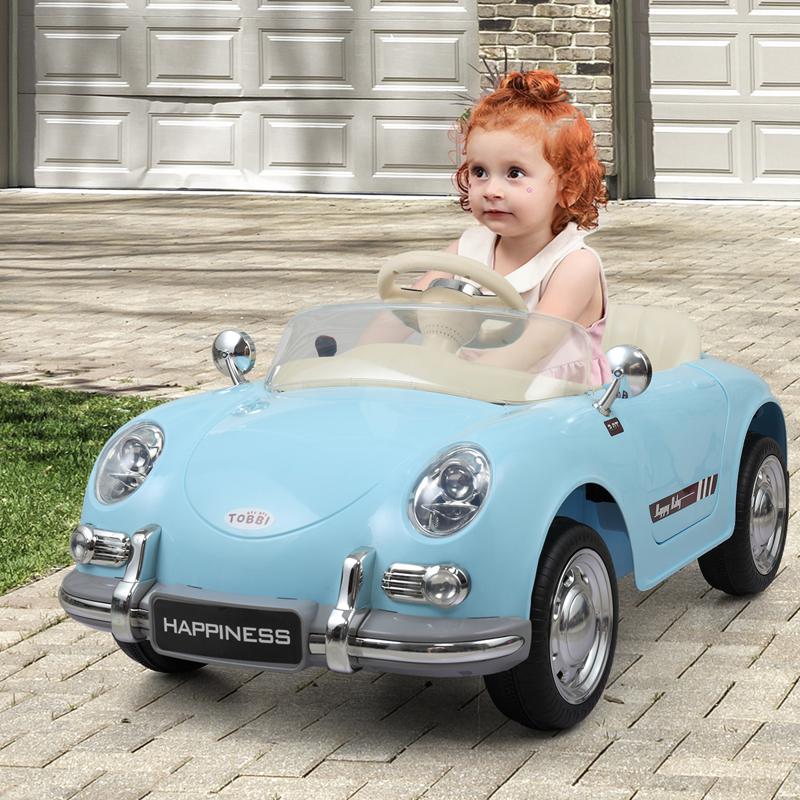
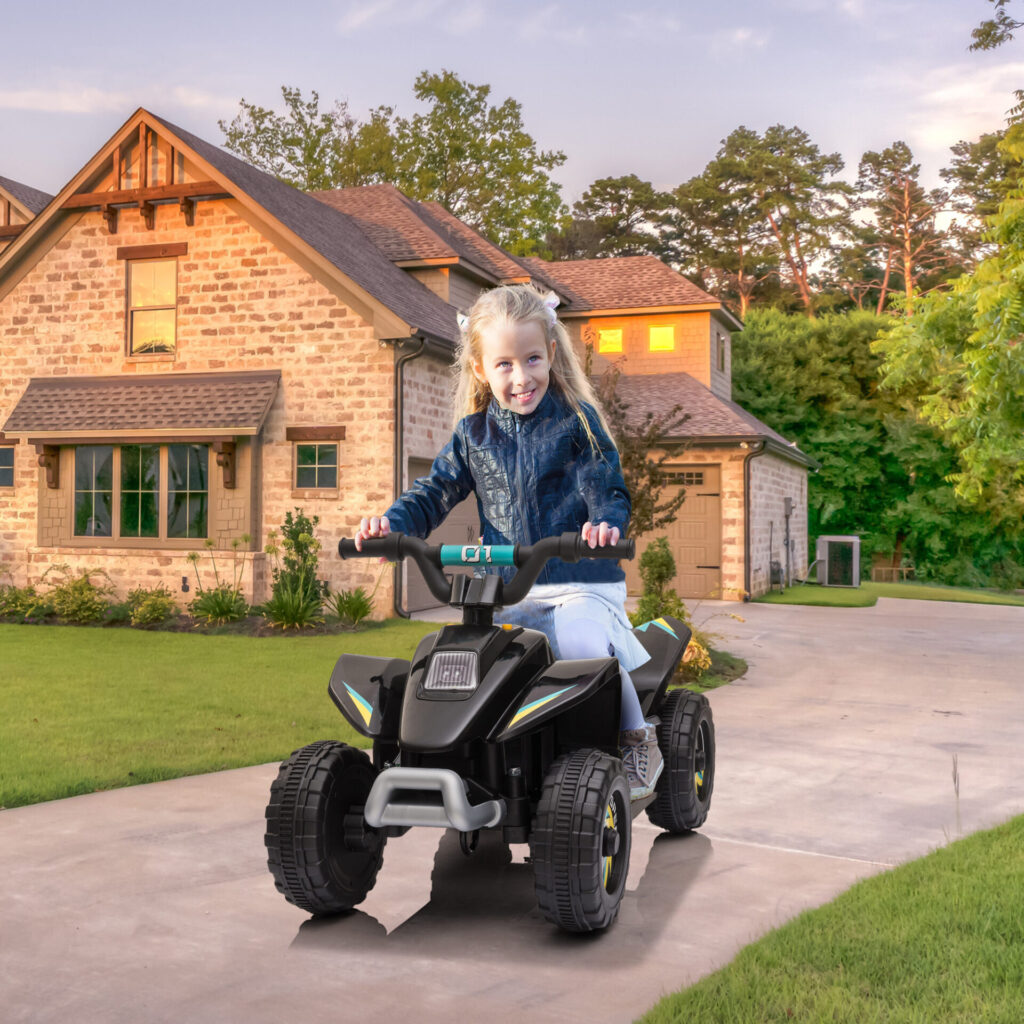
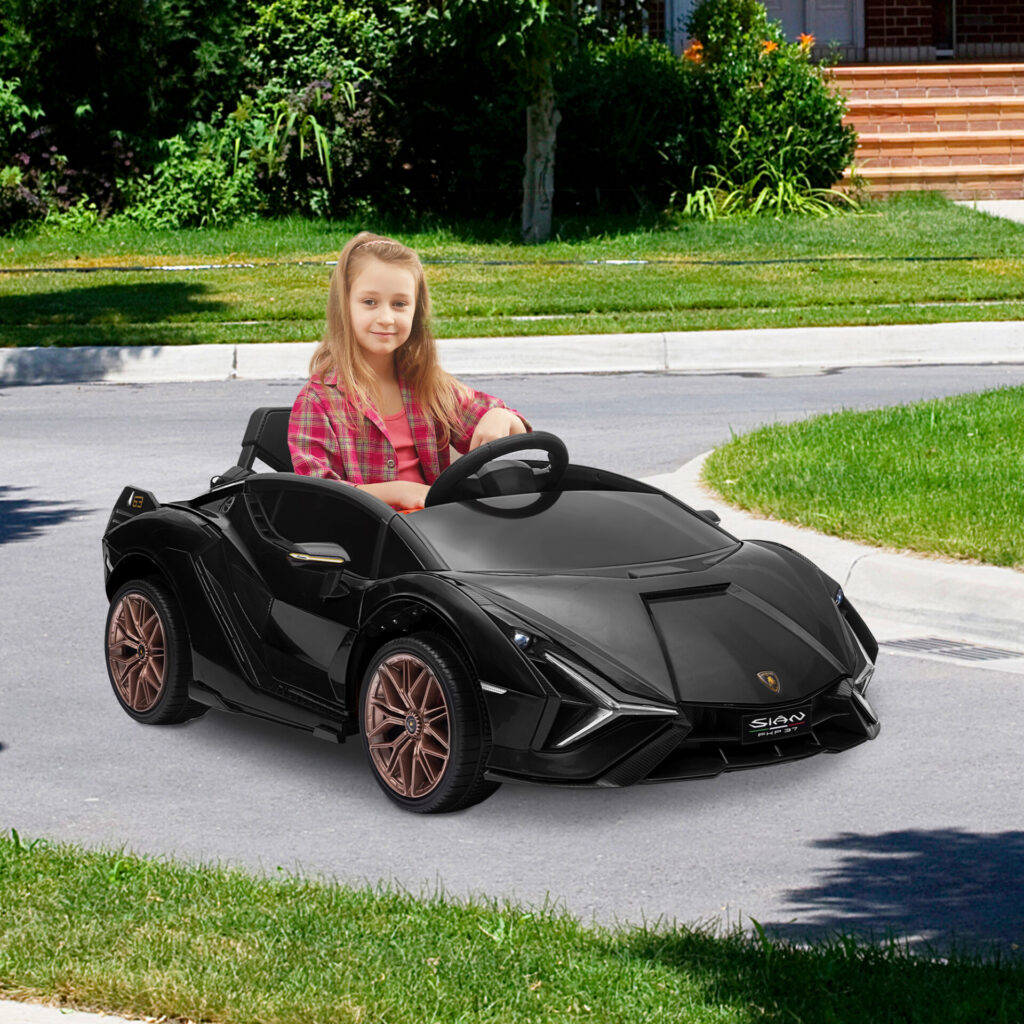
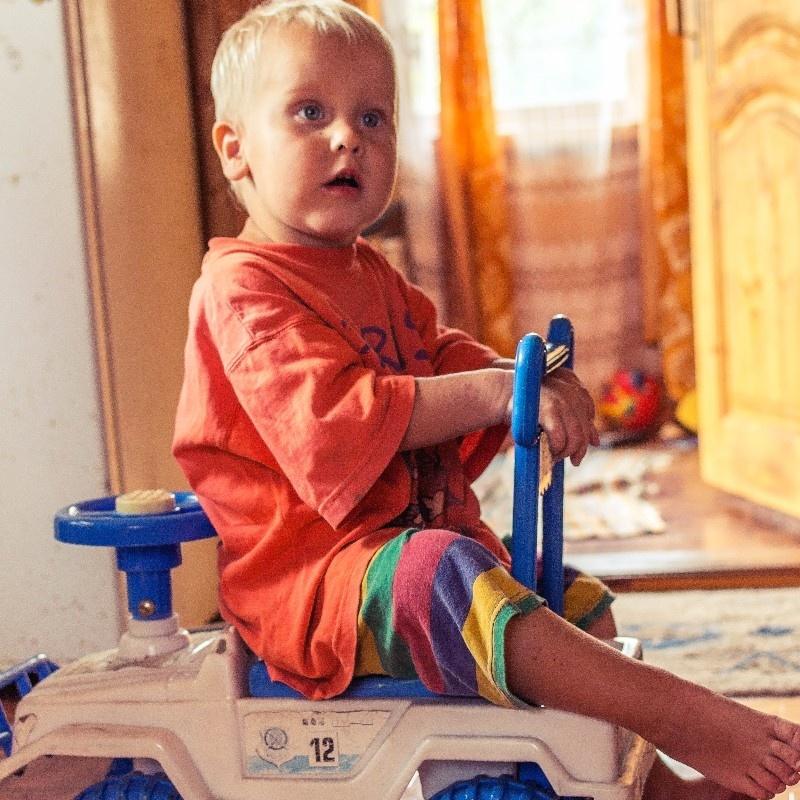
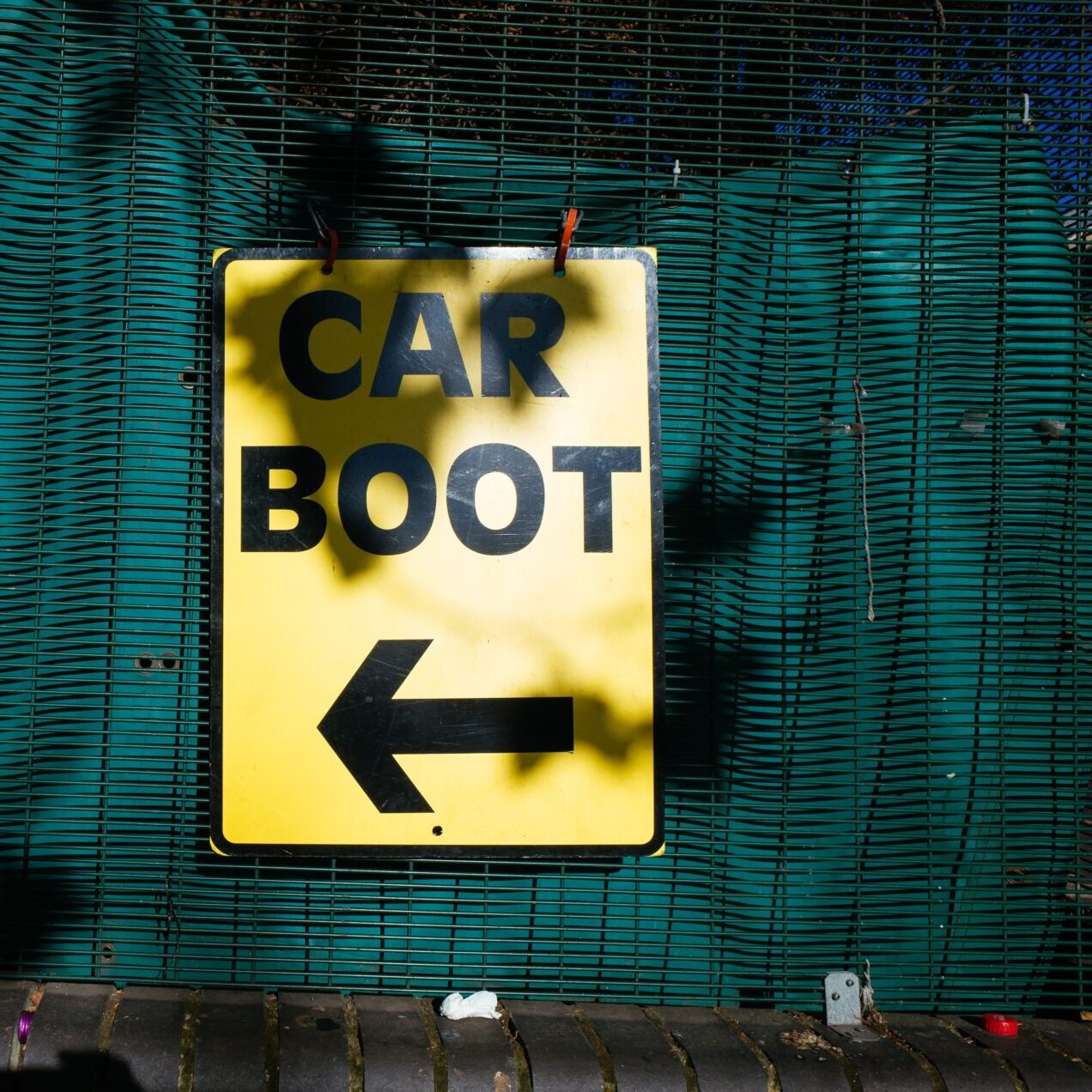
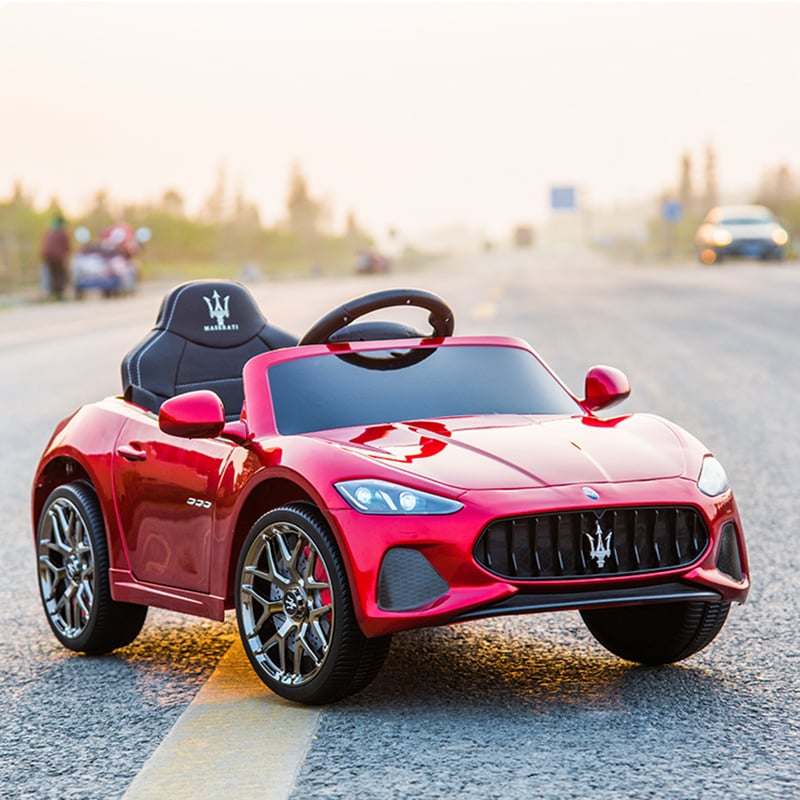
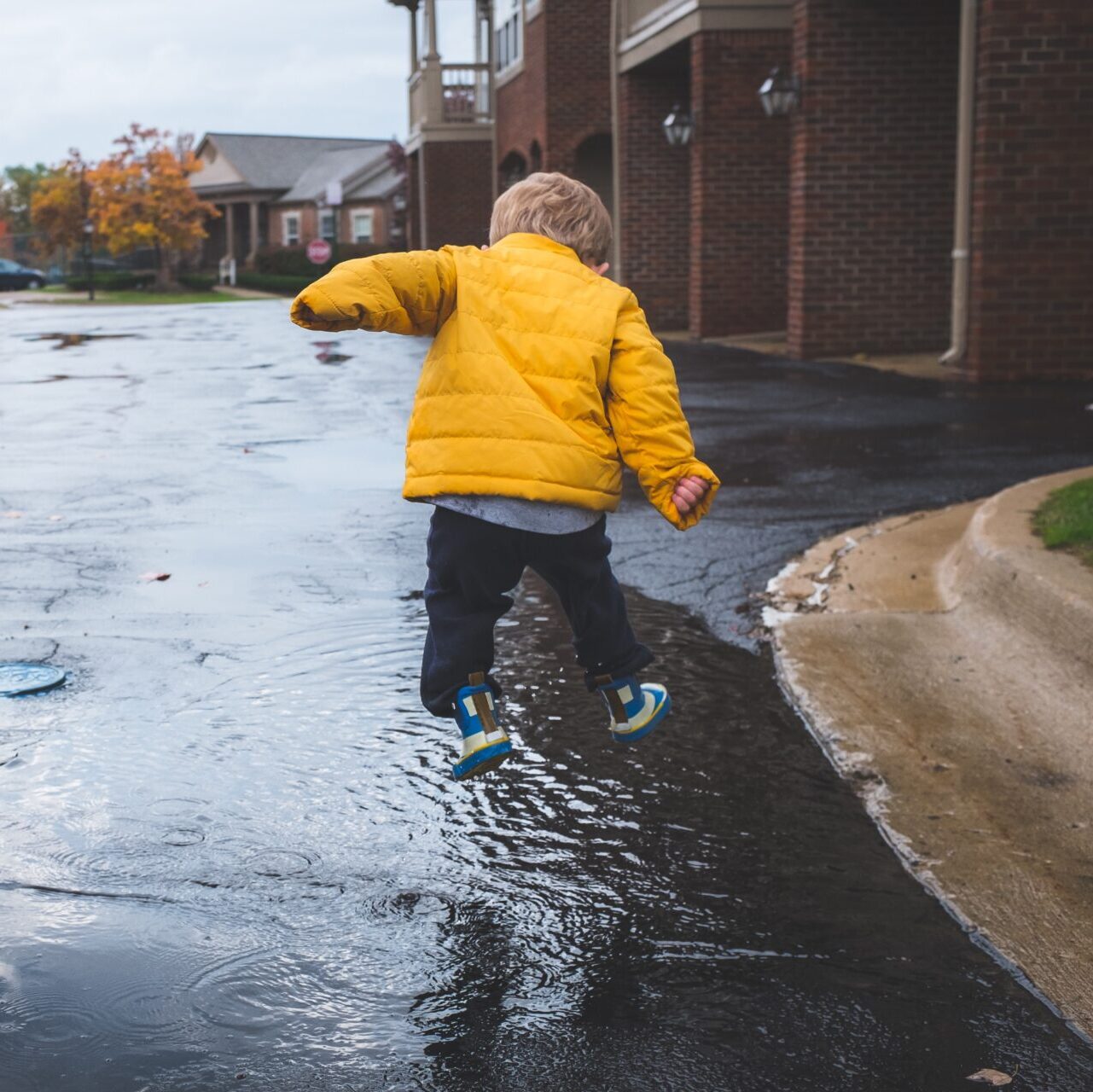
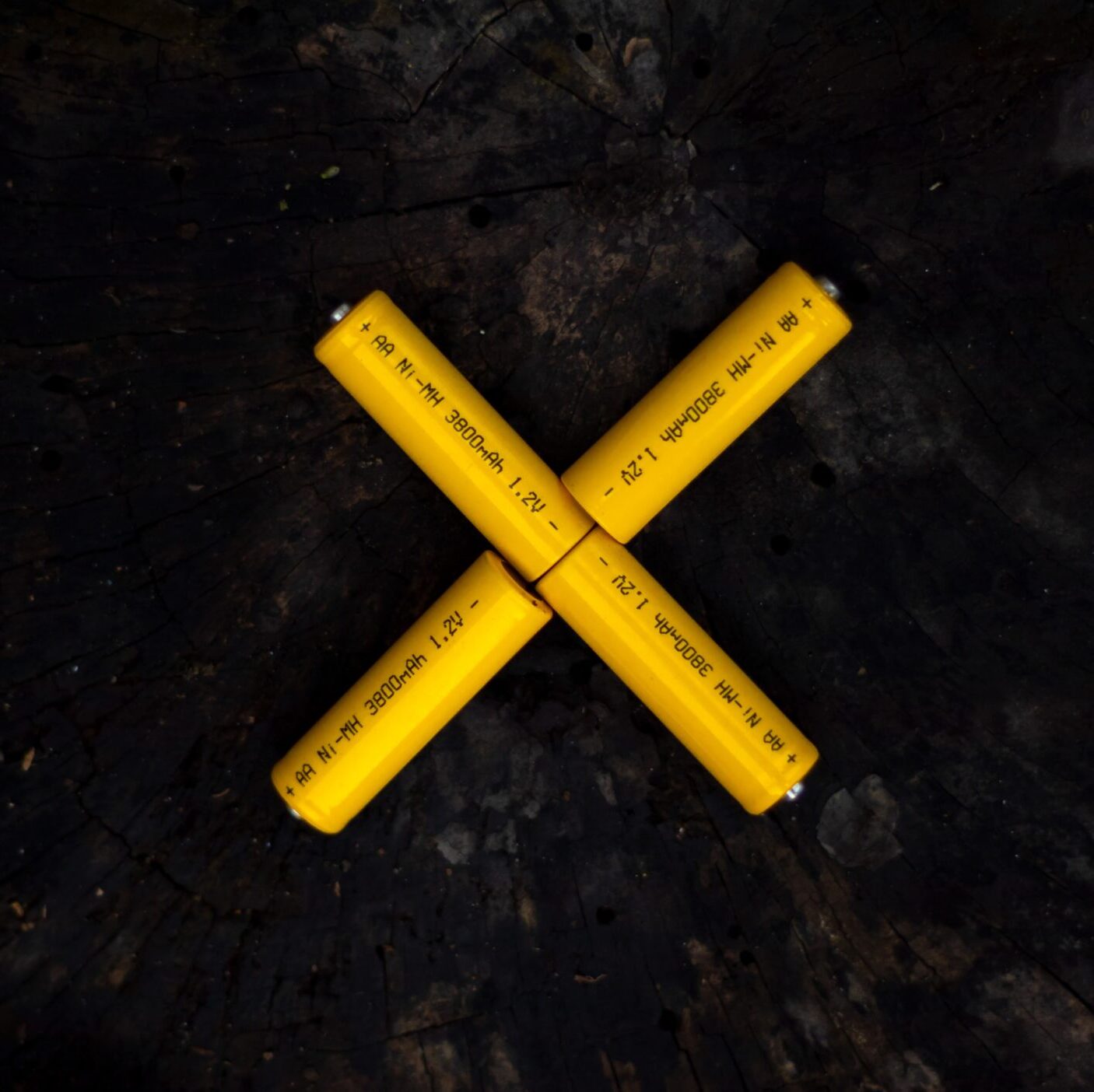
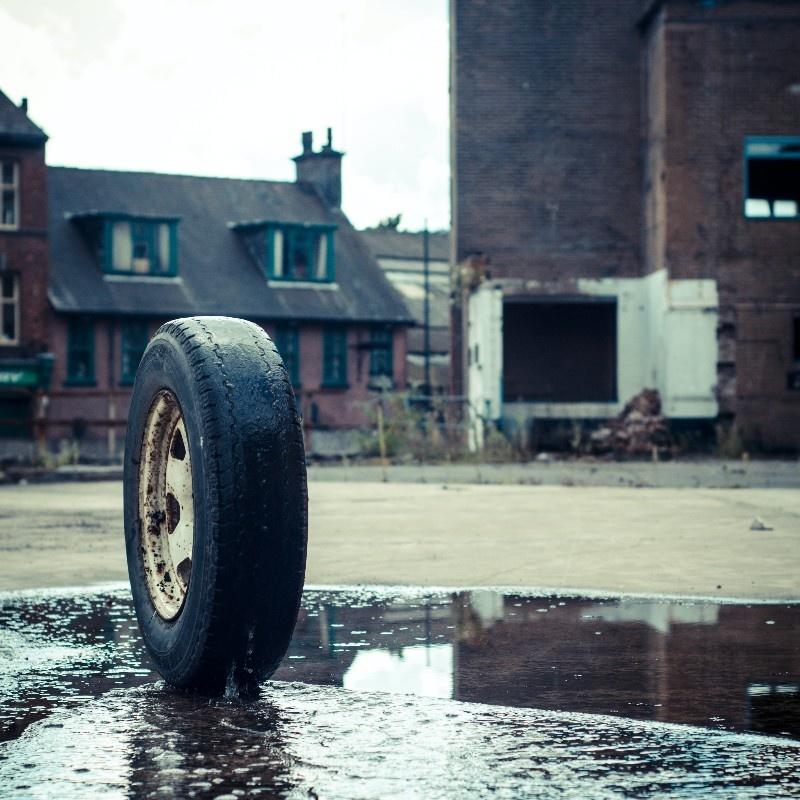
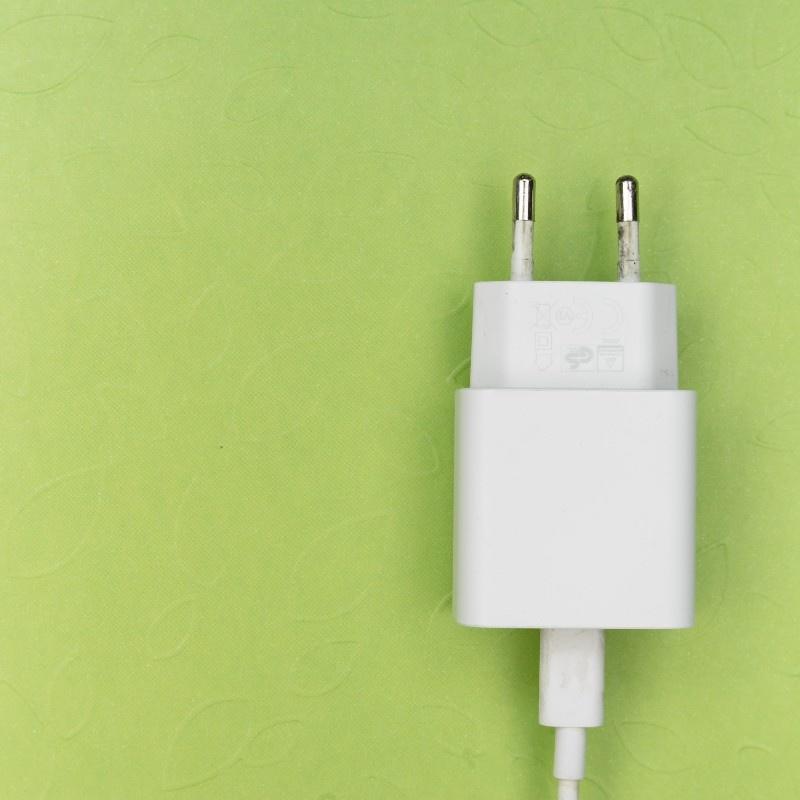

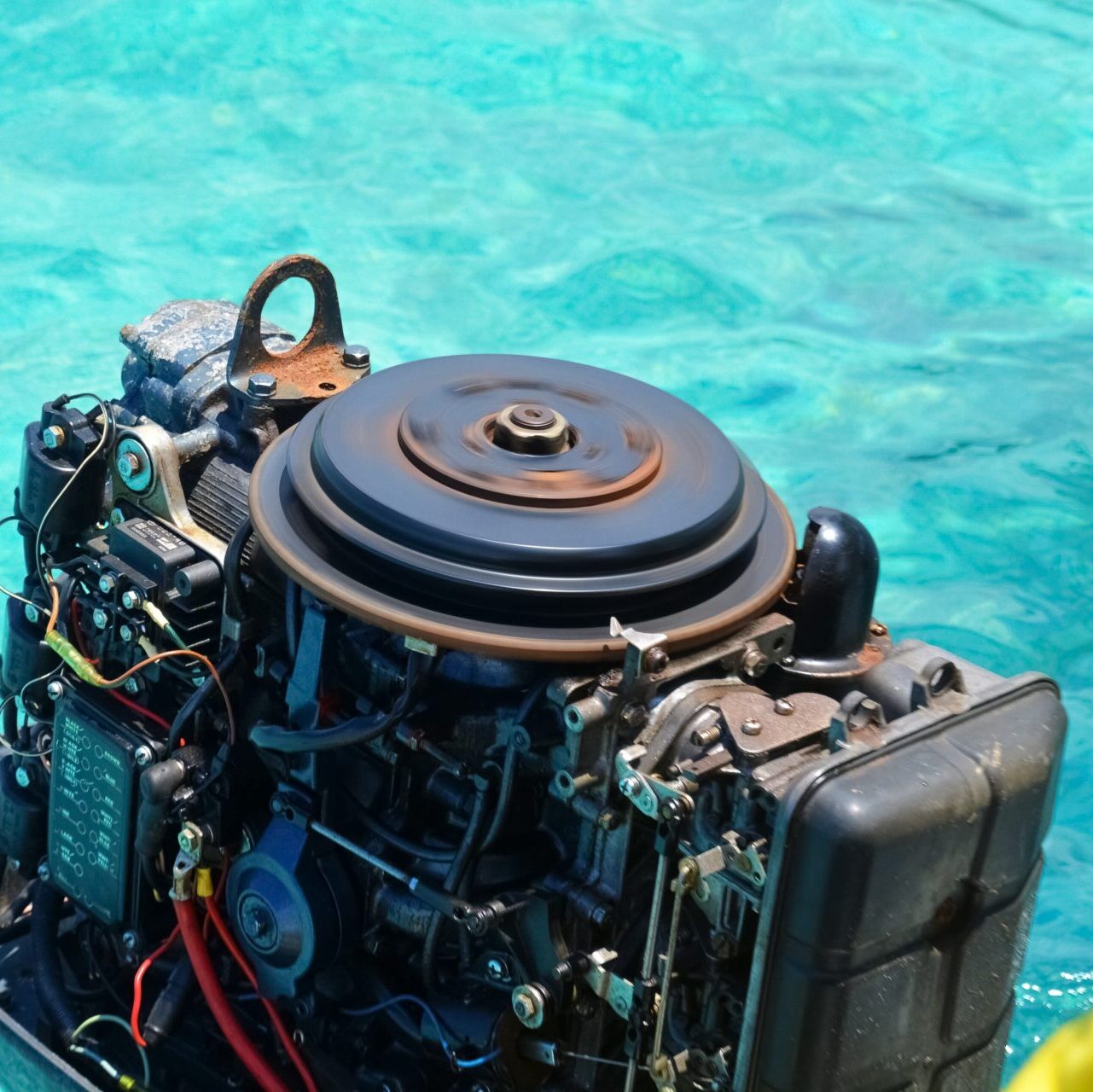
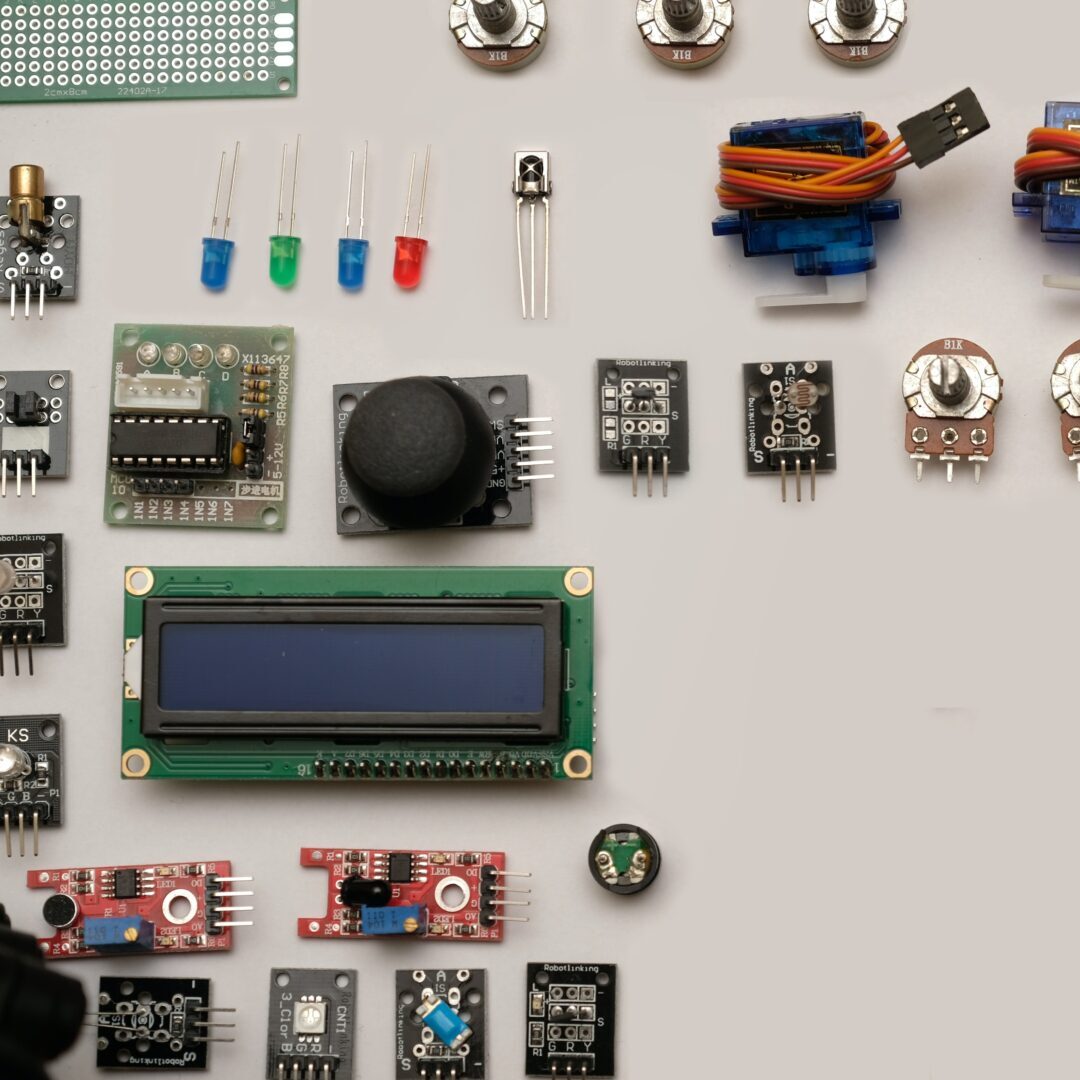
LEAVE A COMMENT
You must be logged in to post a comment.